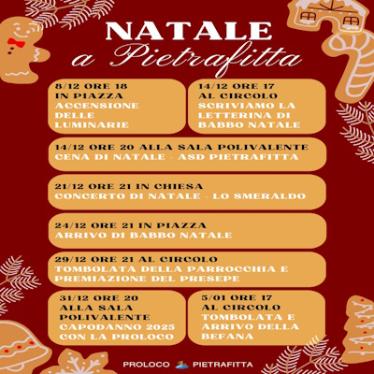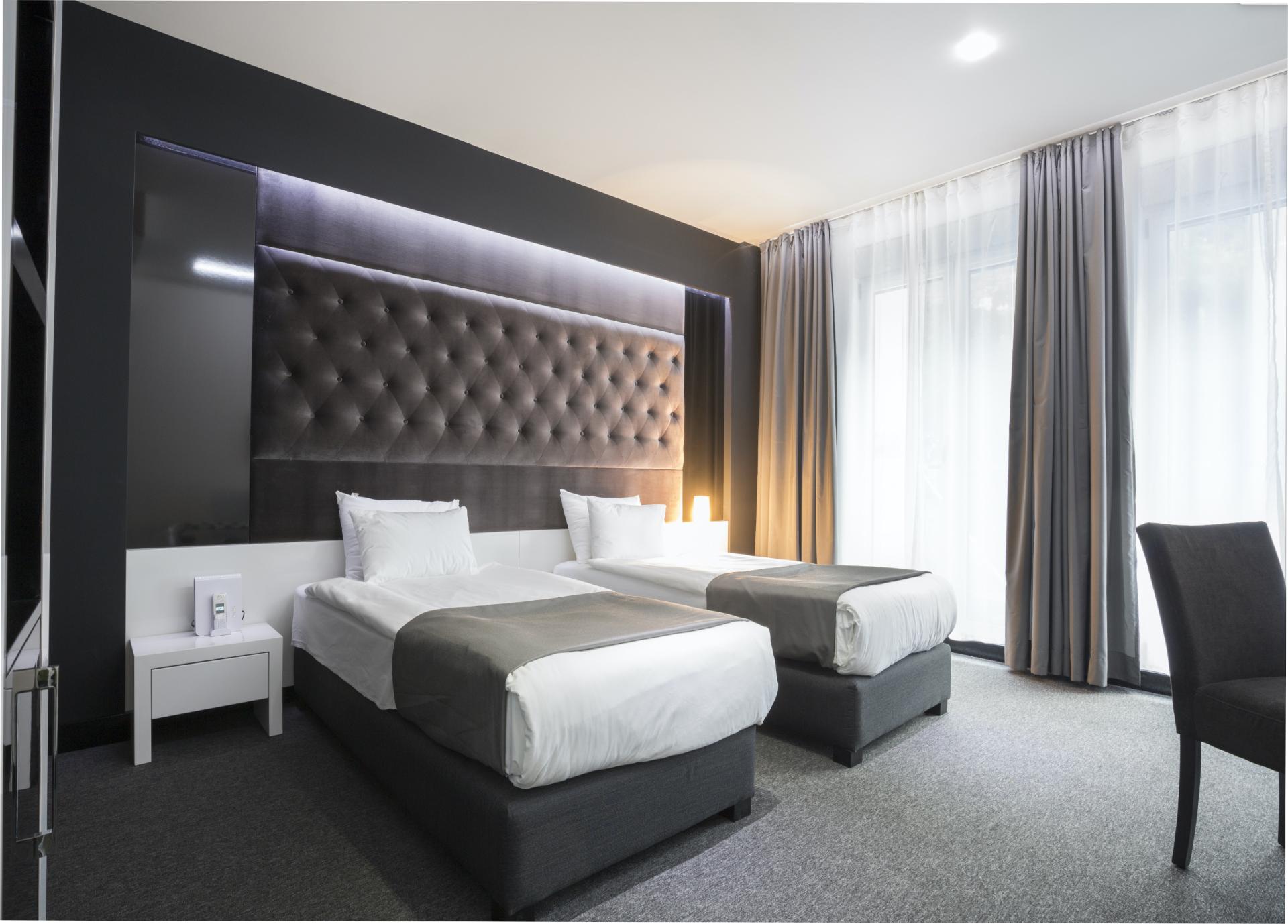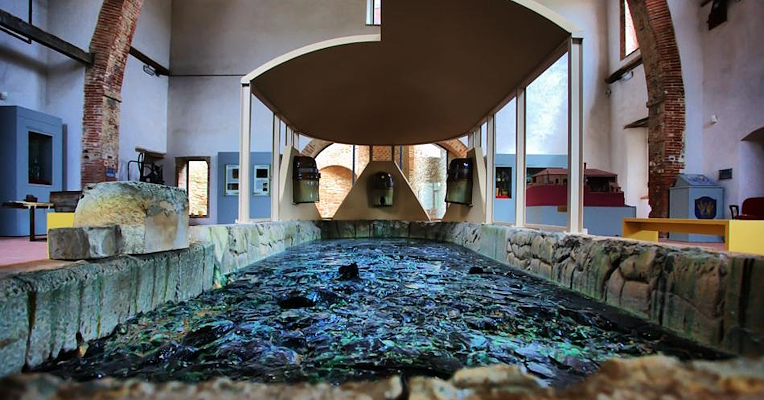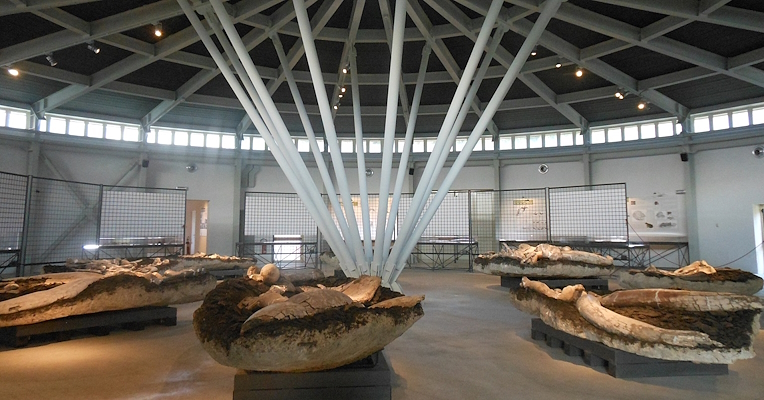Piegaro is a small hilltop village amidst woods of oaks and chestnuts. It enjoys a beautiful panorama, which opens out towards Mount Amiata and the nearby valleys of Tuscany. Like many of the towns in the area, it boasts a mythological birth: according to legend, it was founded by Pico Graio, son of the god Saturn, who was transformed by Circe into a green woodpecker out of jealousy.
Piegaro was founded by the Romans in 290 BC. It was a centre of some importance, so much so that even Octavian Augustus is said to have stayed there, together with the poet Virgil and Trebonius; it was in Piegaro that the latter lost his life, during a hunting party. In the Middle Ages, the castle of Piegaro was a land of contention for noble families from neighbouring towns (feud of the Montemarte family of Montegabbione, the Filippeschi family of Orvieto and the Burgarelli counts of Marsciano). Finally, after becoming a free commune in 1295, it submitted to the powerful city of Perugia.
From the end of the 13th century, the castle became known for its glasswork; in fact, a small community of Venetian masters settled there, following the decision of the Serenissima to banish all glassworks from the lagoon city, transferring them to Murano (1292). The dense forests in the area provided abundant fuel for the glass furnaces. Specialised in this ancient art, Piegaro’s craftsmen were employed for important commissions: in 1310, Lorenzo Maitani, for example, commissioned them to make the stained-glass windows of the transept and apse of the Orvieto Cathedral. After various events, glass craftsmanship, which was given a strong impulse by Popes Julius II and Paul III, flourished again in the 16th century. In fact, in 1581, almost 7,000 pounds of enamel were used for work on the Orvieto cathedral! Even in 1921, as many as 400 of the total 600 inhabitants were employed in this ancient art. At the height of the Second World War, in 1941, thanks to Princess Pallavicini, daughter-in-law of the local Marchesa Misciatelli, a modern glassworks was built in the centre of the town, which at full capacity produced as many as 20,000 flasks a day; this building now houses the interesting Glass Museum.
A walk through “the folds” of Umbria
Piegaro, whose name would perhaps like to represent the many ‘folds’ in the orographic configuration of the place, still preserves a good part of its medieval walls and towers.
Here one can admire the church of S. Silvestro, dedicated to the patron saint of the village, documented as far back as 1275 but probably older, almost entirely rebuilt in the 19th century (work was completed in 1864). Inside, many works of art can be admired: a Virgin and Child between St. Sebastian and St. Rocco from the 16th century, from the Umbrian school, a miraculous wooden Crucifix from the 17th century (it exuded “cerulean sweat” in 1738), Christ the Justifier between St. Catherine of Siena and St. Dominic, with a beautiful view of the village in the 16th century, and the painting of Emperor Constantine before Pope Sylvester, surrounded by the Four Evangelists. Just outside the town is the 16th-century Church of the Madonna della Crocetta. The interesting Glass Museum, housed in the old glassworks decommissioned in 1968, is certainly worth a visit. Noteworthy in the urban fabric of the historic centre are the beautiful 18th-century Misciatelli-Pallavicini palaces and that of the Counts Bulgarelli of Marsciano.
Around the village
In the surrounding area, Piegaro offers interesting sightseeing opportunities.
Castiglion Fosco is a small medieval village given as a feud in the 10th century by Emperor Otto III to a certain Messer Fosco, from whom it took its name. Parts of the ancient castle and the peculiar cylindrical 15th-century tower, 25 metres high, are visible; the church of Santa Croce, with an 18th-century wooden cross and some 16th-century paintings, is also interesting.
Nearby is the beautiful, well-preserved medieval castle of Cibottola, where you can visit part of the fortress (the entrance gate, a seven-sided tower with a beautiful bell, part of the castellan's dwelling and a partly practicable underground walkway), the 10th-century church of San Fortunato, with 14th-century frescoes and 17th-century paintings; the fragments of the convent of San Bartolomeo, where Saint Francis of Assisi stayed on his way to Tuscany.
Not far away is Gaiche, a fortified medieval settlement that became an autonomous republic in the 13th century and remained so until the 15th century: the 13th-century castle and the Church of San Lorenzo (1391) are noteworthy.
Greppolischieto is another medieval castle surrounded by oak and chestnut woods, now privately owned, with the beautiful 14th-century Church of San Lorenzo.
Near Pietrafitta is the Abbazia dei Sette Frati (Abbey of the Seven Friars) (11th-12th century), one of the most important Benedictine settlements in the area, so called in memory of seven young brothers, sons of Felicita, who were martyred by Emperor Antoninus Pius in 161. The Benedictine building dates back to the end of the 11th century, but probably stands on older pre-existing structures. Since it was located in a contested border territory, the building was fortified in the 14th century. Occupied by the Visconti to move against the Commune of Perugia, the fortress was dismantled and partially destroyed in 1402. From then on, the abbey became the fief of some of Perugia's oldest families: the Baldeschi, Oddi, Baglioni and Della Corgna. In particular, it was commissioned by Cardinal Fulvio della Corgna and underwent major renovations between 1565 and 1570. The portico, loggia, cells, refectory and church remain of the ancient abbey, which is now an accommodation facility. Richly decorated with 16th-century frescoes, commissioned at the time of Cardinal Della Corgna, are the loggias, the staircases and the rooms on the main floor, where grotesques, landscapes and scenes from the Old Testament can be admired. A very important fair, known as the “fair of the abbey”, was held there, and its memory is still alive in the area.
In the Pietrafitta area, there are ancient lignite deposits due to the former presence of Lake Tiberino: from here come fossil vertebrates remains (elephants, deer, rhinoceroses) preserved in the very interesting Luigi Boldrini Palaeontological Museum.





























